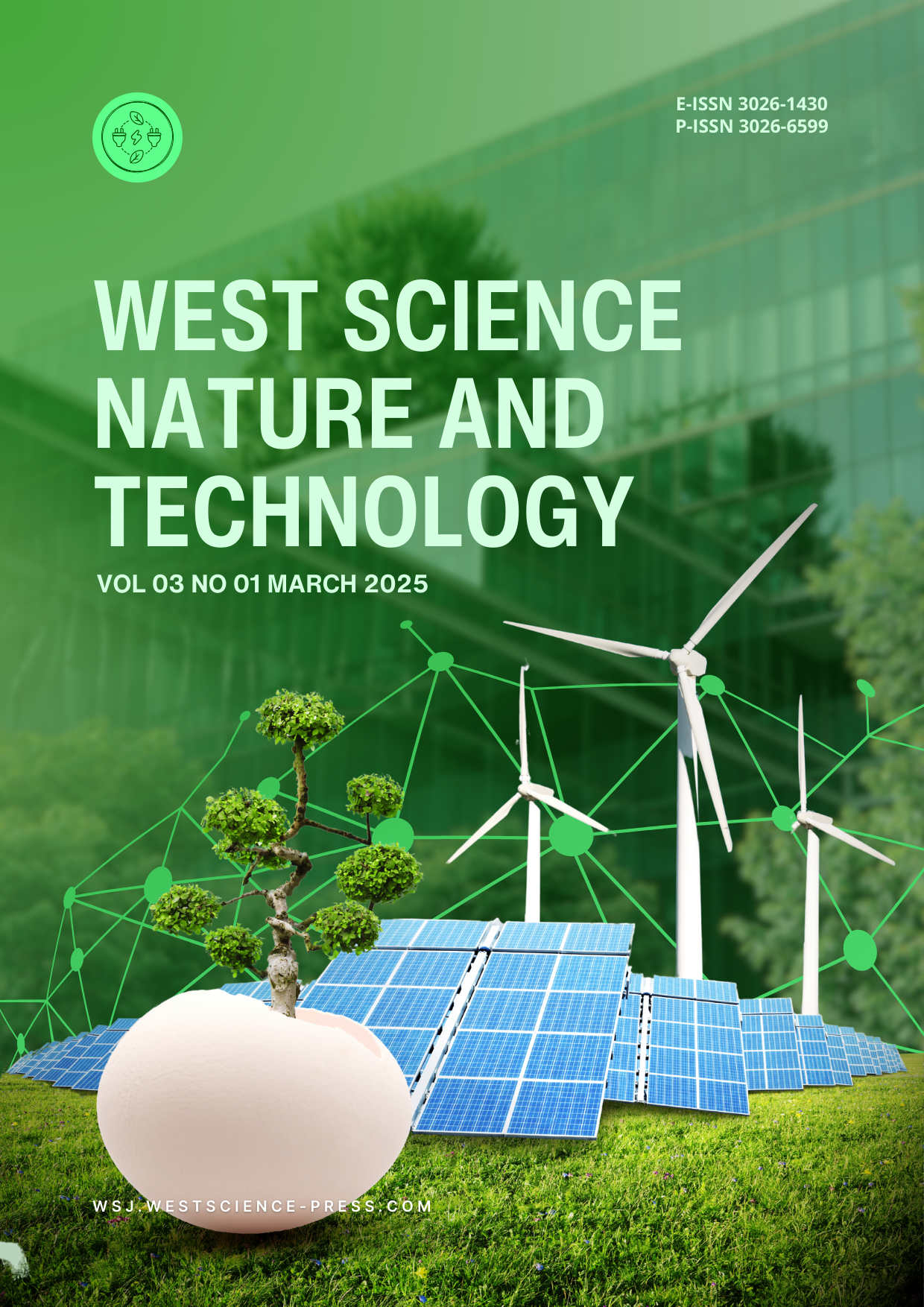Genetic Engineering for Disease Resistant Crops: Sustainable Solutions for Agricultural Pathogens in Indonesia
DOI:
https://doi.org/10.58812/9s330c21Keywords:
Genetic Engineering, Disease-Resistant Crops, Sustainable Agriculture, Agricultural Pathogens, IndonesiaAbstract
Genetic engineering presents a transformative solution for addressing agricultural pathogens, offering disease-resistant crops that enhance productivity and sustainability. This study explores the potential of genetic engineering as a tool for combating agricultural challenges in Indonesia, employing a qualitative analysis of data collected from five key informants, including agricultural scientists, policymakers, and practitioners. Thematic analysis using NVIVO software revealed four primary themes: the benefits of genetic engineering, challenges in adoption, socio-economic impacts, and environmental considerations. Findings highlight the promise of reduced crop losses, improved food security, and decreased pesticide use while identifying barriers such as regulatory hurdles, public skepticism, and high costs. Recommendations emphasize policy reforms, public education, and equitable access to genetically engineered seeds. This study underscores the critical role of genetic engineering in achieving sustainable agriculture in Indonesia.
References
[1] F. N. Syakira and I. Safni, “The Survey of leaf blight disease (Exserohilum turcicum) on maize (Zea mays L.) in Pancur Batu District, Deli Serdang Regency to contribute the food security sustainability,” in IOP Conference Series: Earth and Environmental Science, IOP Publishing, 2024, p. 12028.
[2] J. Junepri, “Tingkat Serangan Penyakit Busuk Buah (Marasmius palmivorus Sharples) Pada Jarak Tanam (Kerapatan) Yang Berbeda dan Hubungannya Dengan Kehilangan Hasil Kelapa Sawit (Elaeis guineensis Jacq).” Universitas Jambi, 2024.
[3] L. Hajji-Hedfi et al., “Plant Diseases: Pathogenicity and integrated management overview,” Microb. Biosyst., vol. 9, no. 2, pp. 41–57, 2024.
[4] P. Warr, “Productivity in Indonesian agriculture: Impacts of domestic and international research,” J. Agric. Econ., vol. 74, no. 3, pp. 835–856, 2023.
[5] S. Sutiharni, I. F. Mariay, L. Y. Andriyani, V. L. Tuhumena, and A. Adlian, “Mapping the Progress and Direction of Sustainable Agriculture Research in Indonesia: A Bibliometric Analysis Perspective,” West Sci. Nat. Technol., vol. 2, no. 01, pp. 39–46, 2024.
[6] G. Asghar et al., “Exploring the Intersection of Plant Genetics and Biotechnology for Global Challenges,” Sch J Agric Vet Sci, vol. 1, pp. 64–73, 2025.
[7] L. K. Acharya et al., “Recent Advancements in Genetic Engineering Techniques in Disease Resistance of Crops: An Outlook,” in Plant Stress Tolerance, CRC Press, 2025, pp. 99–112.
[8] M. M. Hossen, “Journal of Agriculture and Forestry Sciences,” J. Agric. For. Sci., vol. 1, no. 1, pp. 1–4, 2025.
[9] L. N. Patil, A. A. Patil, S. A. Patil, S. D. Sancheti, and V. K. Agrawal, “Advancements in Crop Yield Improvement through Genetic Engineering,” 2025.
[10] S. Mondal, P. B. Angon, M. S. Uddin, A. Das, M. Mondol, and M. S. Islam, “Plant Genome Editing for Viral Disease Management: Current Achievements and Future Directions,” in Plant Stress Tolerance, CRC Press, 2025, pp. 241–254.
[11] A. Ashok Kumar, S. Gorthy, H. C. Sharma, Y. Huang, R. Sharma, and B. V. S. Reddy, “Understanding genetic control of biotic stress resistance in sorghum for applied breeding,” 2014.
[12] T. Soseco et al., “Financial Literacy Workshop to Intervene Consumption Patterns of Rural Areas in Malang,” Abdimas Univers., vol. 7, no. 1, pp. 209–216, 2025.
[13] Q. Ullah et al., “Harnessing plant growth-promoting Rhizobacteria (PGPRs) for sustainable management of rice blast disease caused by Magnaporthe Oryzae: Strategies and remediation techniques in Indonesia,” Indones. J. Agric. Environ. Anal., vol. 3, no. 2, pp. 65–76, 2024.
[14] D. Kumar and R. Mukhopadhyay, “Climate change and plant pathogens: Understanding dynamics, risks and mitigation strategies,” Plant Pathol., vol. 74, no. 1, pp. 59–68, 2025.
[15] Q. Ali, T. Akhtar, N. Zuhra, S. Syarbiah, and A. A. Ega, “Biotechnology for sustainable agriculture: innovations in disease management,” Plant Prot., vol. 8, no. 4, pp. 803–816, 2024.
[16] P. Thangaraj, L. J. Q. Junior, and N. Ponpandian, Nanophytomedicine: an emerging platform for drug delivery. CRC Press, 2022.
[17] U. Faoziyah, M. F. Rosyaridho, and R. Panggabean, “Unearthing Agricultural Land Use Dynamics in Indonesia: Between Food Security and Policy Interventions,” Land, vol. 13, no. 12, p. 2030, 2024.
[18] T. Wanda, T. W. Mado, and Y. J. Mado, “TRANSFORMASI AGRIBISNIS MELALUI TEKNOLOGI: PELUANG DAN TANTANGAN UNTUK PETANI INDONESIA,” HOAQ (High Educ. Organ. Arch. Qual. J. Teknol. Inf., vol. 15, no. 2, pp. 146–150, 2024.
Downloads
Published
Issue
Section
License
Copyright (c) 2025 Loso Judijanto

This work is licensed under a Creative Commons Attribution-ShareAlike 4.0 International License.






















 Instagram
Instagram 